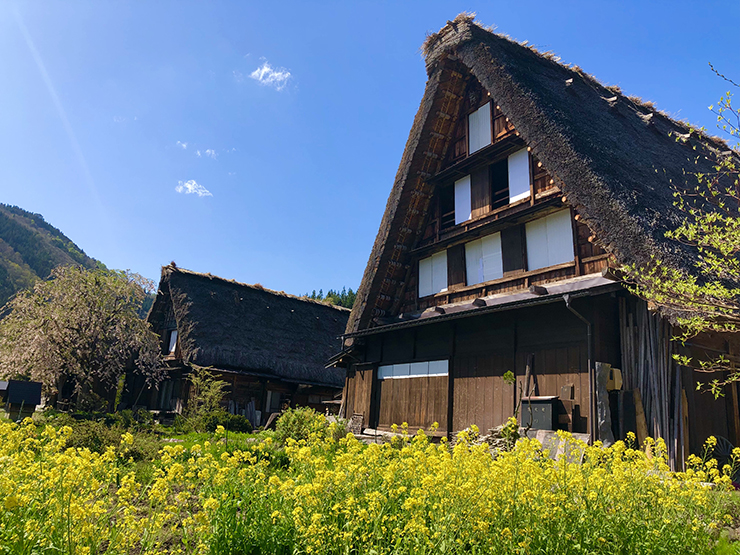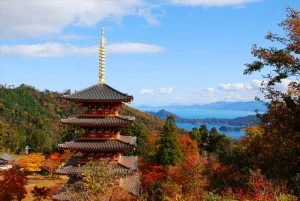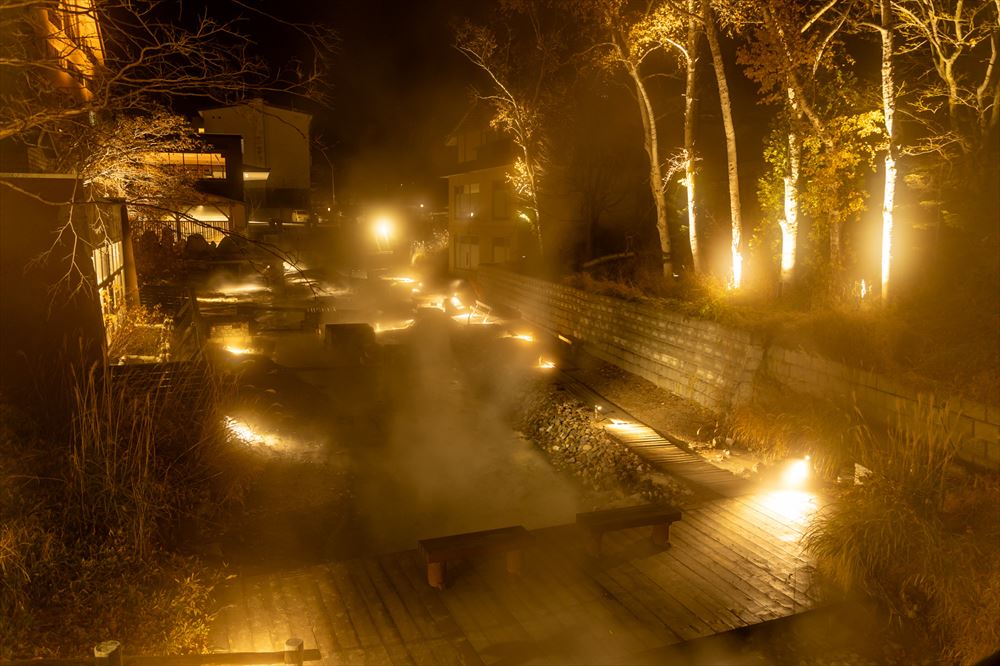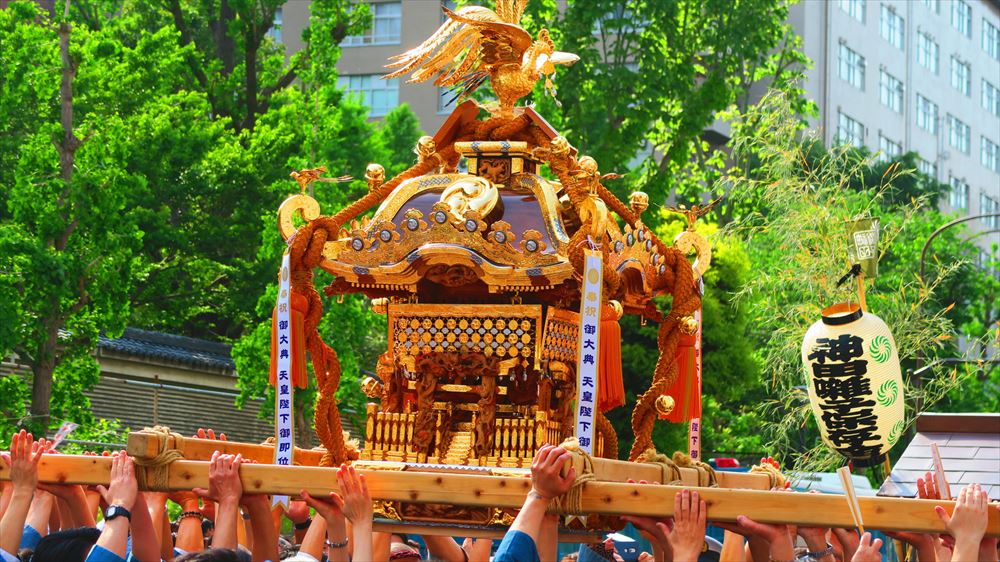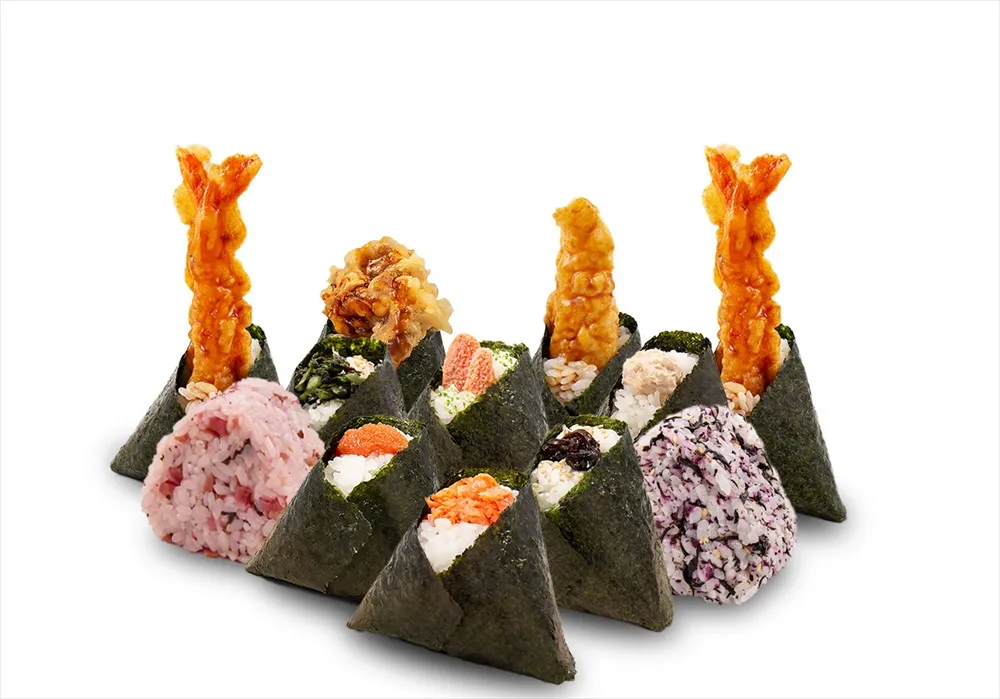Seasons & climate of Japan: tips for your trips
The seasons of Japan
Japan has 4 seasons: spring, summer, fall and winter. In most years, spring is from March to May, summer from June to August, fall from September to November and winter from December to February.
Along the Japanese island chain stretching north to south, climate differs from region to region, but the changes of season are distinct. Let’s take a look at the special qualities of each time of year.
┃Spring March to May
Spring is one of the most pleasant seasons of the year, as the cold of winter fades and days grow gradually warmer. The season of cherry blossoms is celebrated in viewing events all over Japan called hanami. At the same time the season marks major events in people’s lives including school entrance and graduation ceremonies.
| [Spring Events & Recommended Travel Spots] Hinamatsuri (Doll Festival): Hyakudan Kaidan Hinamatsuri in Daigo Town, Ibaraki Prefecture」 Kurashiki Hina Meguri in Kurashiki City, Okayama Prefecture Hana Matsuri (Flower Festival): Ueno Sakura Festa in Taito City, Tokyo Sakura Festival in Yoshino County, Nara Prefecture |

| Related articles: Enjoyable spring activities! Recommended Sakura-viewing Spots (att-japan.net) |
┃Summer June to August
Welcome to the hottest season of the year. From June, the temperature rises steadily, and depending on the region, air moisture also climbs leading to hot humid days on end. Despite frequent swings up and down, average summer temperatures in Japan continue upward. Days with highs of 30°C or higher known as manatsubi (midsummer days) are growing more frequent along with moshobi (extremely hot days) with highs of at least 35°C, calling for precautions against heatstroke. People flock to the sea and go swimming as summertime beaches open in many areas. The season is also known for countless festivals and fireworks. In summer, Japan comes alive with vibrant seasonal festivals such as Tanabata (Star Festival), Bon Odori dances, and dazzling fireworks displays. These events, rich in local flavor, offer countless opportunities to experience the beauty of Japanese culture firsthand.
| [Summer Events & Recommended Travel Spots] Tanabata Festivals: Sendai Tanabata Festival in Sendai City, Miyagi Prefecture Shonan Hiratsuka Tanabata Festival in Hiratsuka City, Kanagawa Prefecture Fireworks Festivals: Sumida River Fireworks Festival in Sumida City, Tokyo Nagaoka Grand Fireworks Festival in Nagaoka City, Niigata Prefecture |

| Related articles: 24 Recommended Spots in Japan to Visit This Summer! (att-japan.net) |
┃Autumn September to November
The heat of summer softens leading into a cool, comfortable time of year. The season of fall foliage draws crowds to areas famous for autumn leaves. The harvest season is known as “autumn of appetite,” offering a bounty of foods at their most delicious.
Autumn in Japan is a season for appreciating nature and tradition, with events like autumn foliage viewing, moon-viewing gatherings, and vibrant autumn festivals held throughout the country. On Culture Day (November 3), various cultural events are also celebrated nationwide.
| [Autumn Events & Recommended Travel Spots] Autumn Foliage Viewing: Arashiyama in Kyoto City, Kyoto Prefecture Irohazaka Slope in Nikko City, Tochigi Prefecture Autumn Festivals: Karatsu Kunchi Festival in Karatsu City, Saga Prefecture Kawagoe Festival in Kawagoe City, Saitama Prefecture |

| Related articles: Autumn in Japan: The 8 most beautiful places to see fall foliage (att-japan.net) |
┃Winter December to February
This is the coldest season of the year. Snow blankets the ground in many regions, and many people hit the slopes to go skiing and snowboarding. Even in big cities like Tokyo and Osaka snow occasionally falls.
Winter in Japan is filled with festive cheer, especially around the New Year, with events like dazzling illuminations, temple bell ringing on New Year’s Eve, and the traditional first shrine visit of the year (hatsumode). In February, magical snow festivals are held across snowy regions, offering truly enchanting winter experiences.
| [Winter Events & Recommended Travel Spots] Illuminations: Keyakizaka Illumination at Roppongi Hills in Minato City, Tokyo Irohazaka Slope in Nikko City, Tochigi Prefecture Snow Festivals: Sapporo Snow Festival in Sapporo City, Hokkaido Kawagoe Festival in Kawagoe City, Saitama Prefecture |

| Related articles: Enjoy a winter trip with snow! (att-japan.net) |
┃Rainy Season (tsuyu)
From May to June, more cloudy or rainy days appear in various parts of Japan. The precipitation of the season comes from a weather event known as tsuyuzensen, a seasonal rain front that moves from south to north in Japan, causing the rainy season to start and end at different times from region to region.
┃Typhoons
The number of typhoons that approach and head inland tends to increase from July to October. When in the path of a typhoon, take care as public transportation may stop due to strong winds and heavy rain.
| Related articles: Typhoon Season in Japan: How to Stay Safe |
Climate by region
Japan’s climate zones are roughly divided into the following 6 areas.
Here is additional information about the climates of Hokkaido, the Pacific side, the Sea of Japan side, the inland (central highlands), the Seto Inland Sea, and the Ryukyu Islands.

Hokkaido climate
Hokkaido summers are cool, but winters are harsh, producing the coldest climate in Japan. The area also has relatively little rain, lying beyond the reach of the rainy season.
■Prefectures within the zone: Hokkaido
・Monthly temperature changes of the region

| What to wear: Wear warm clothes in winter. Snow makes the ground slippery, so put on shoes with treads. |
The Pacific climate
Greatly affected by the rainy season and typhoons, plenty of rain can be expected during these seasons. As a result, summers are often hot and humid. Winters, on the other hand, are sunny and dry.
■ Some prefectures within the zone: Tokyo, Osaka, Chiba, etc.
・Monthly temperature changes in main areas
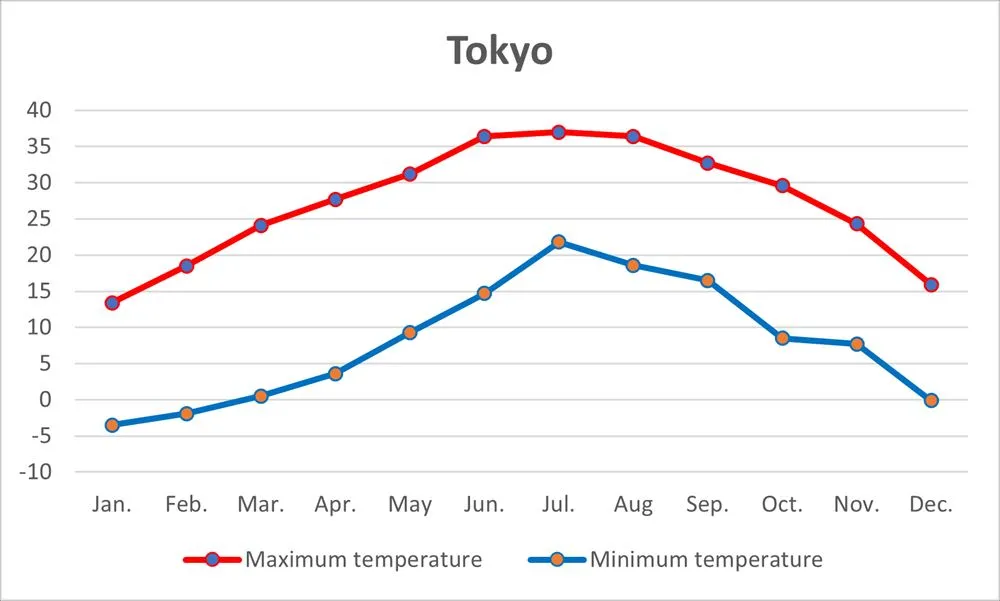
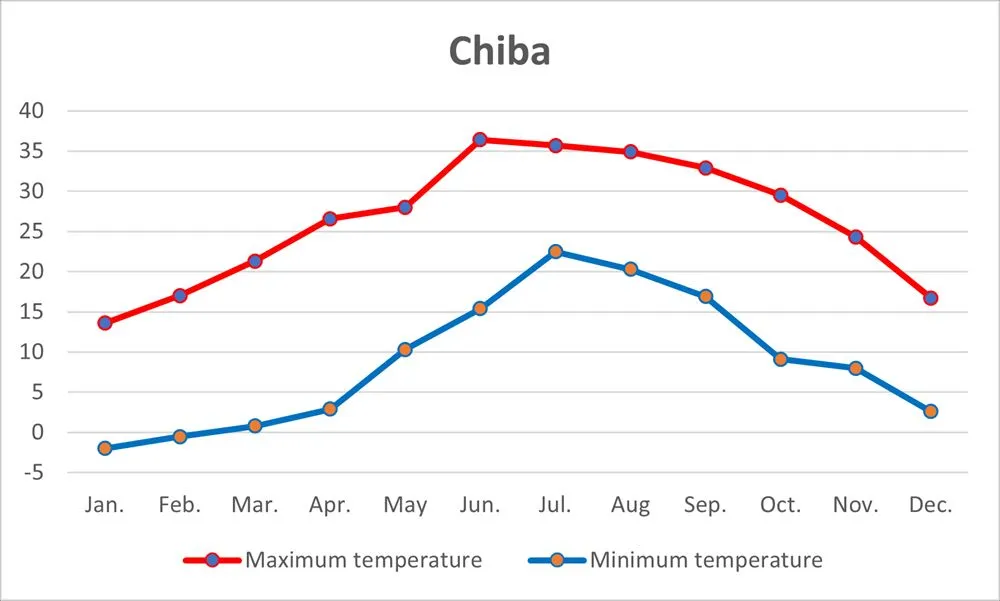

| What to wear: Summer is quite hot and humid, so clothes made of materials that absorb moisture and dry easily are recommended. However, a light jacket may be useful in case indoor air conditioning is strong, or to protect against sunburn. |
Sea of Japan side climate
The many sunny days of summer produce high temperatures. On the other hand, in winter, high levels of snow and rain can be expected with low temperatures.
■ Some prefectures within the zone: Akita, Niigata, Ishikawa, etc.
・Monthly temperature changes in major areas:

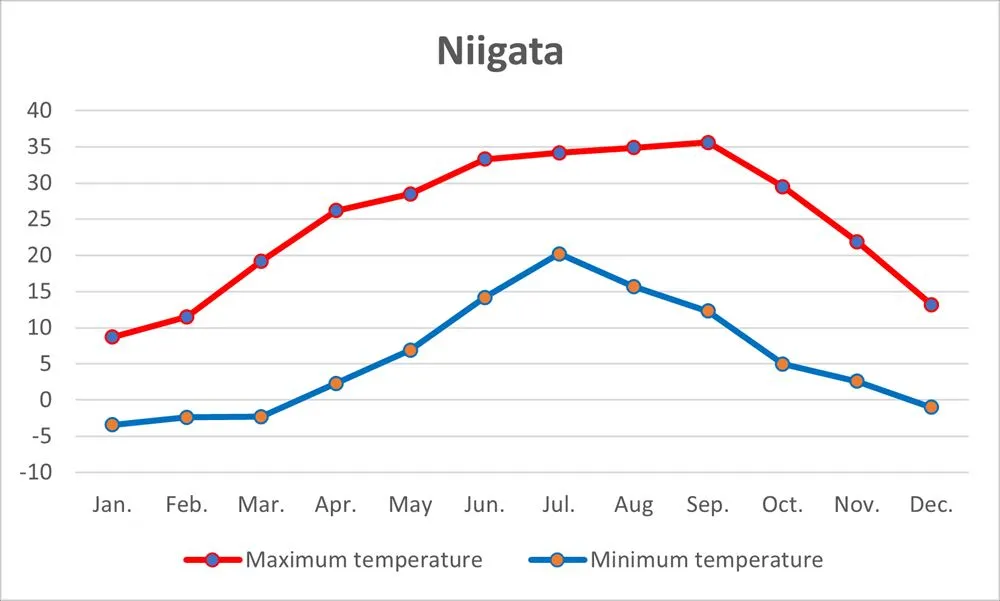

| What to wear: Even in September, short-sleeves are fine for the daytime when it is still quite warm, but swings in temperature from morning to evening mean that a long-sleeved jacket might come in handy. |
Inland (central highland) climate
Far from the sea, temperature differences are wider from summer to winter, and from day to night. Annual rainfall is also relatively low.
■ Some prefectures within the zone: Gifu Prefecture, Nagano Prefecture, Yamanashi Prefecture, etc.
・Monthly temperature changes in major areas:
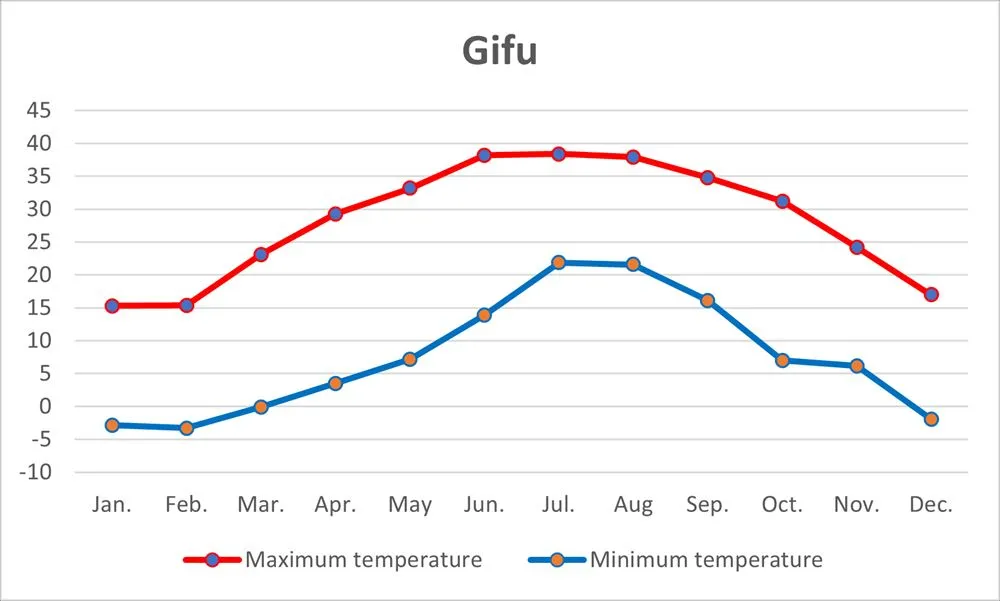
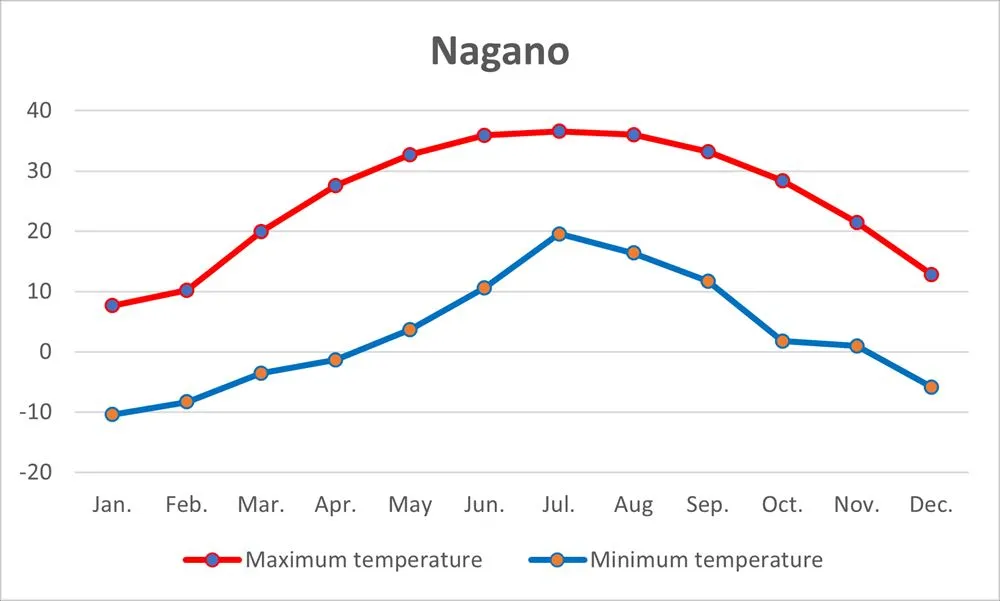

| What to wear: Cool clothes for the summer heat and something to keep out the winter cold. |
Climate of Setouchi
The Shikoku and Chugoku mountain ranges that rise on either side of the Setouchi region provide buffers against seasonal winds, resulting in a mild climate with relatively little rainfall throughout the year.
■Some prefectures within the zone: Hiroshima, Kagawa, Okayama, etc.
・Monthly temperature changes in major areas
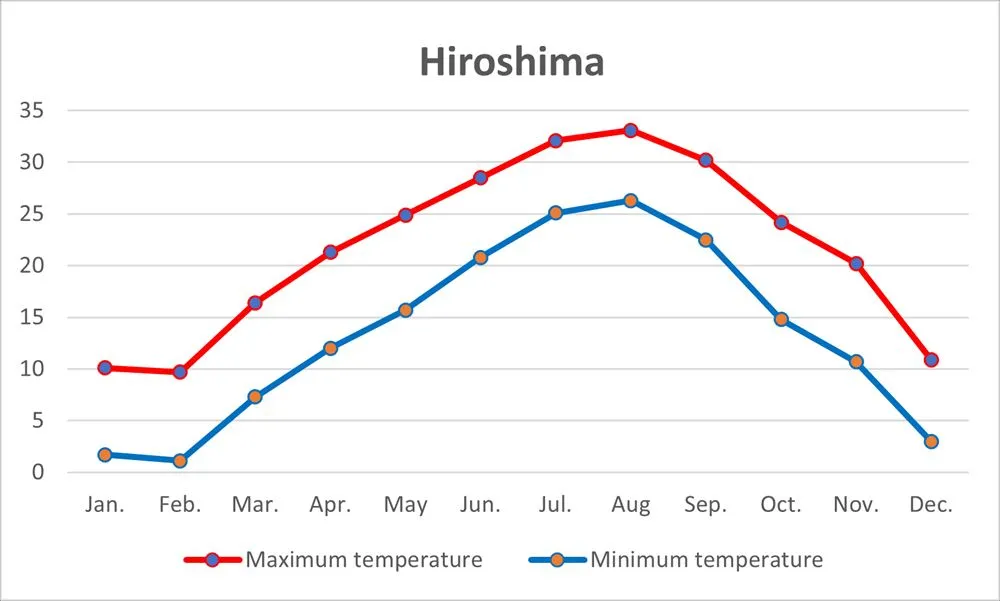


| Tips for clothing: The temperature can drop below zero in winter, so be sure to take measures against the cold. |
Climate of the Nansei Islands
The temperature is high all year round with an average annual temperature over 15 degrees. The area gets a lot of rain, but no frost or snow.
■Prefecture within the zone: Okinawa
・Monthly temperature changes in major areas:
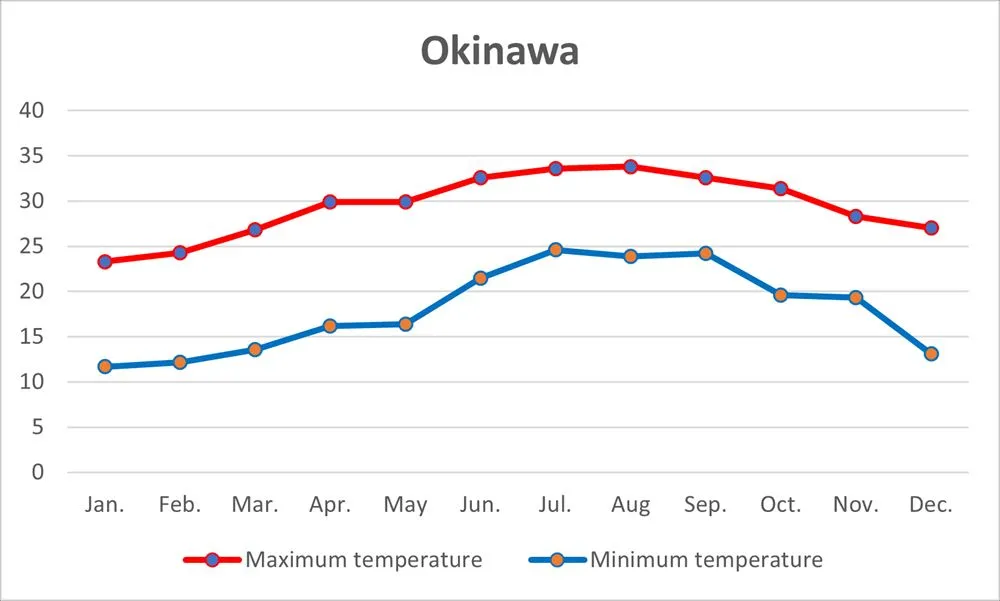
| What to wear: Mornings and evenings can get quite chilly in the winter, so bring a light coat. |



